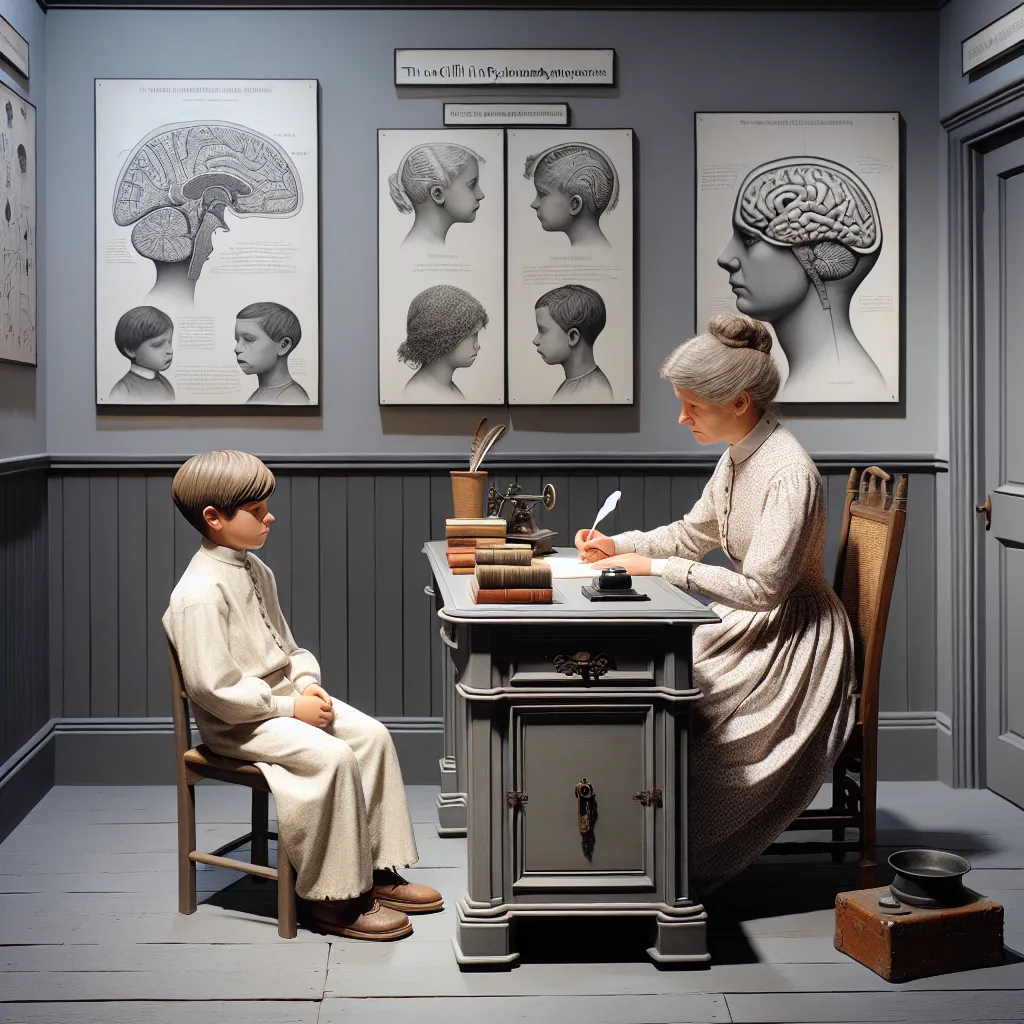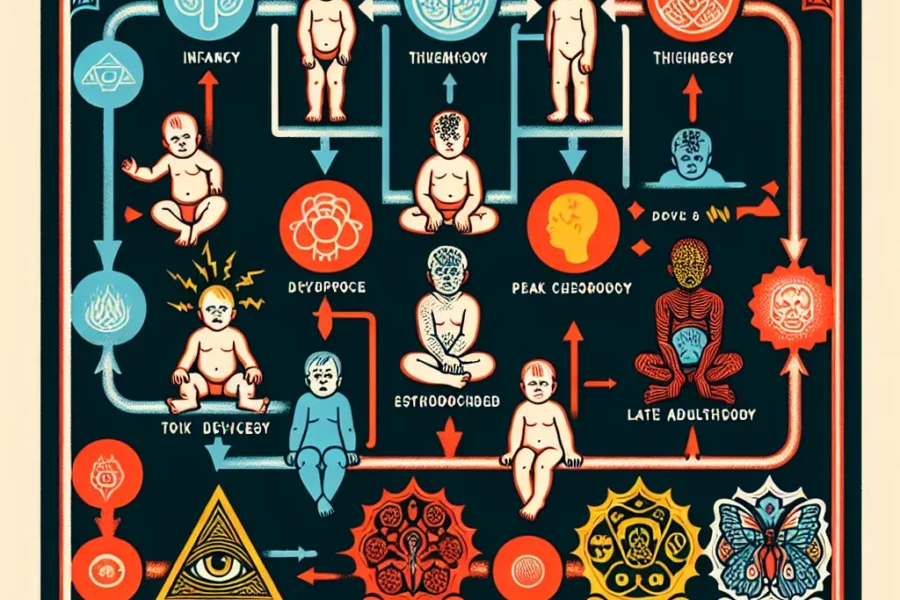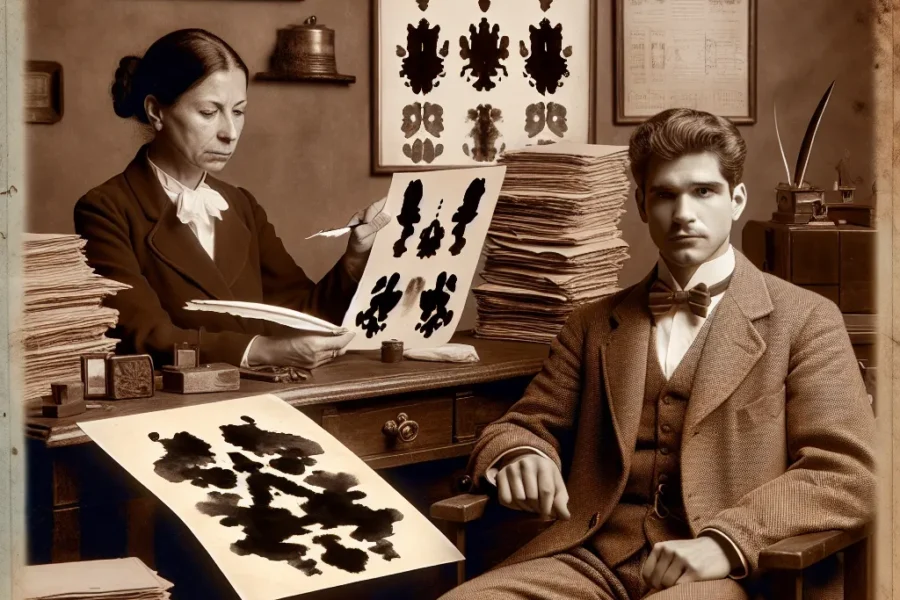Anna Freud’s Pioneering Work in Child Psychoanalysis
Anna Freud, the youngest daughter of the renowned psychoanalyst Sigmund Freud, carved her unique legacy through her pioneering work in child psychoanalysis. Her groundbreaking contributions have forever altered the landscape of psychological treatment for children and have paved the way for a deeper understanding of child psychology.
Born on December 3, 1895, in Vienna, Austria, Anna Freud was immersed in the world of psychoanalysis from an early age. Growing up in the shadow of her father’s intellectual giant, she passionately absorbed the theories and practices that would later define her distinguished career. Unlike her father, who focused primarily on the psychology of adults, Anna Freud devoted her life to uncovering the complexities of the developing mind and the treatment of children.
Her interest in child psychoanalysis began in earnest in the 1920s when she started analyzing children and adolescents. This marked a significant shift from the traditional Freudian focus, and she quickly realized that children’s psychological processes differed drastically from adults. She observed that they communicated their experiences and emotions through play and behavior rather than verbal expression.
This insight led to one of Anna Freud’s most significant contributions: the use of play as a communication tool in psychotherapy. She championed the concept of “play therapy,” wherein she interpreted the free play of children as symbolic of their inner thoughts and emotions. This approach allowed her to probe the subconscious of her young clients, helping to resolve internal conflicts and anxieties that were impacting their psychological well-being.
In her seminal work, “The Ego and the Mechanisms of Defence,” published in 1936, Anna Freud expanded on her father’s theory of the ego and its defense mechanisms. She adapted these concepts for child development, highlighting the ways in which children respond to internal and external stress. Her focus on the role of the ego in a child’s psychic life was fundamental in shaping modern child psychotherapy and is considered one of her most significant theoretical contributions.
Anna Freud’s legacy is also closely linked to her work during World War II. She co-founded the Hampstead War Nursery in London to provide care for children separated from their families due to the war. Her work with these children, many of whom were deeply traumatized, was revolutionary. It illustrated the impact of environmental factors on child development and underscored the need for stable, nurturing care in the emotional health of children.
Her experiences at the War Nursery informed much of her subsequent work, including her research on attachment, dependency, and emotional development. Anna Freud observed the critical role that attachment to a primary caregiver plays in a child’s psychological health. Her observations predated and arguably informed the later attachment theory work by John Bowlby and Mary Ainsworth.
Continuing her work into the post-war period, Anna Freud established the Hampstead Child Therapy Course and Clinic in 1952, renamed the Anna Freud National Centre for Children and Families after her death. The center remains a prominent institution dedicated to research, training, and treatment in child psychotherapy. Her multidisciplinary approach at the center combined psychoanalytic practice with observational research, shaping modern methods for assessing and treating children.
Anna Freud also made significant strides in the field of education, firmly believing that teachers and educators should have a foundational understanding of child development and psychology. She collaborated with educators to develop curricula that address the emotional needs of children, emphasizing the importance of incorporating psychological insights into the education system.
A noted author, Anna Freud published numerous works that have had a lasting impact on child psychoanalysis and psychology. Her books and papers cover a wide array of topics, from normal and pathological development to the effects of different educational techniques on child psychology. Notable publications include “Normality and Pathology in Childhood: Assessments of Development” (1965) and “Introduction to the Technique of Child Analysis” (1927).
Her dedication to the field extended well into her later years, with Anna Freud continuing to write, teach, and provide therapy until shortly before her death in December 1982. Her lifelong commitment to the psychological health of children earned her accolades and recognition, with numerous awards and honorary doctorates bestowed upon her.
Today, Anna Freud’s legacy lives on through the work of child psychoanalysts worldwide. Her influence is also seen in the continued operation of the Anna Freud National Centre for Children and Families, which remains at the forefront of research, treatment, and education in child mental health.
The relevance of Anna Freud’s work cannot be overstated. Her focus on the unique psychology of children not only established child psychoanalysis as a distinct field but also delivered practical tools for helping children navigate the complexities of psychological development. Through her theory, practice, and tireless advocacy, Anna Freud transformed the way we understand and care for the mental health of the youngest members of society.
In a world that increasingly recognizes the foundational importance of early childhood experiences on later life, Anna Freud’s pioneering work is as pertinent as ever. Mental health professionals continue to draw upon her theories and approaches to develop interventions that support children’s emotional and psychological needs.
By interpreting the language of children’s play, championing the role of the ego and defense mechanisms in development, and contextualizing the effects of environment and trauma on children, Anna Freud has left an indelible mark on the field of psychology. Her visionary perspective has illuminated our understanding of the child’s inner world and provided a roadmap for nurturing resilient, healthy minds from infancy through adolescence and beyond.
As research in child psychology evolves and expands, Anna Freud’s contributions provide a robust foundation upon which modern-day theories and practices are built. Her intellectual curiosity, compassionate approach, and innovative methods continue to resonate in the myriad of ways professionals engage with and treat children facing psychological challenges. Anna Freud’s pioneering work has shaped the very fabric of child psychoanalysis, ensuring her esteemed place in the annals of psychology for generations to come.



Leave a Comment